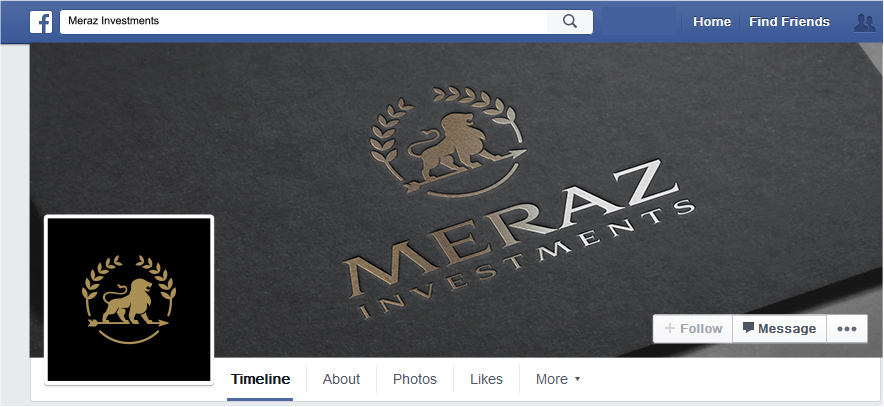How trying to fake your brand till you make it would lead to disaster and how to counter that to create a successful brand.
If you prefer to watch videos, here is the link to a video of this article.
So you heard of the phrase, fake it till you make it. It’s a very popular phrase and most people look at it as something positive. There is a fundamental issue with that phrase. If brands believe that kind of philosophy based on bad advice that you find online, what happens? Fake it till you make it actually just means “lie till you get what you want”. And this is quite rampant these days, especially online on social media. Marketing is now essentially based on the principle of fake it till you make it.
This tactic assumes that it’s going to work and you actually achieve the kind of status that you want. And then from there, your brand is going to be genuine. Because then what you’re promising and claiming, is going to match what you’re delivering to your customer. But that is not true because what happens in the future cannot be guaranteed, especially when you’re using strategies, like, fake it till you make it. And there are tons of examples all around where you see brands faking it essentially just to fleece customers.
Influencers Faking It
I work with a lot of startup founders or startups, startup founders are entrepreneurs. And I review a lot of pitches and 95%, maybe even 98% of the time, most founders of startups, most entrepreneurs come out with this philosophy. Sometimes they don’t even know it. They think that is part of pitching to a VC or to an incubator.
Now it’s not necessarily all malice, right? It’s not that every entrepreneur who sort of moves forward with that kind of philosophy is out there to scam people.
Influencer marketing is rampant right on online and even big companies and huge brands are guilty of associating themselves with influencers that don’t really have any kind of alignment with the authenticity of that brand and still utilize them just because they have a few million followers.
Influencer marketing is a great strategy, but it depends on what kind of influencer. A rising trend you see online is that of professional influencers who try to become influencers just with the sole purpose of making money off being an influencer. There may be nothing wrong with that as a career option or as a business option. But I think there is something wrong when the path to becoming that influencer is not backed by any kind of genuine business experience or genuine brand-building experience. And yet they somehow create the impression that they have been successful entrepreneurs and even serial entrepreneurs in some cases, and they built million-dollar businesses. They come into the public sphere with Lamborghinis in the background, or, they talk about business while touring their supposedly million-dollar mansions, or they claim that they have successfully helped 2000 entrepreneurs make million dollars a year or something outrageous like that.
In fact, right now there is a new genre of YouTube content producers that are picking through these fake gurus as they call them or fake influencers. These content producers pick through and analyze these fake gurus and their marketing campaigns and bring to light the malpractices and tactics and downright fraud and scams.
Genuine Businesses Faking It
Let’s say you are an entrepreneur or a genuine business owner and you plan to import fake leather jackets from China and then rebrand them and sell them. Now, that’s a business idea and there’s nothing wrong with that. If you were following the fake it till you make it philosophy, you may hide the fact that these are made in China and they’re coming from China. Or you may hide the fact that there are even fake leather jackets.
It’s really not going to work. Unless of course your intention initially was just to be able to sell, let’s say a thousand jackets, make some money, close this down and then just start another company. In that case, of course, that is what you’re going to do. That’s lying. This faking will involve strategies and tactics that are going to tarnish the reputation of your brand. It will leave unhappy customers, refunds, and online naming and shaming.
And what have you achieved? Probably some short term sales out of which a lot might have been refunded. That’s not the way to build an awakened brand.
This advice of fake it till you make it is bad advice. Do not fake it for any reason. So the question is, okay, then how do we compete in this market? How do we, how do I, as a small business owner with a good idea and not much capital going to reach my audience?
How To NOT Fake It And Succeed
Essentially you want to move away from the red ocean and into the blue ocean. That should be your fundamental goal with your business and your brand. That means you don’t want to fight in the red ocean. You don’t want to be fighting in the bloodied waters with companies that are using questionable tactics or dirty tactics, buying fake followers, pretending that they are a million dollar kind of a luxury enterprise and that their products are top quality while they are just simply maybe importing them from China.
Look at your target audience, which is also the target audience of your competitors. They are not looking to work with the biggest company out there which could be fake, right? No, they want to work with genuine companies. They want to work with authentic brands so that their hard-earned money when they buy a product has a value that is at least 50% more than what they paid for. And if they’re not going to get the value, they wouldn’t care if this company is as big as Apple.
But how do you, with a limited budget, grab that tension of the target audience without using fake kind of tactics?

Case Study: Check out this investment brand identity case study of one of our clients to see how you can create trust by the sheer power of your brand identity and you do NOT need to resort to faking till you make it!
Start with understanding your target audience which is critical. Spend time and effort on understanding your target audience and creating a buyer persona using brand archetypes. Get under the skin of your target audience and understand their psychology.
Once you understand what your target audience wants, then you decide what tools you have to best reach them and communicate the right message. Then you start building an authentic brand by picking a good brand name and creating a stunning logo design and brand identity.
As for the right brand message, ask yourself if you have a great grand vision for your business and for your brand.
For example, let’s say your company’s vision is to build sustainable housing for the masses. But right now you are a small construction company and you want clients to come to take up your services and start building sales and revenue. Eventually, your plan is to use your resources and the power of your brand to build affordable housing for the masses. With a genuine vision like that there are two ways that you can forge ahead.
If you were to choose the fake it till you make it strategy then you will pretend to be a huge construction company right off the bat. You start building the social media clout by buying fake followers and paying someone to post content or using other unethical and questionable tactics to start building clout, using fake PR news, etc.
The other route is to outline your brand vision as a small boutique construction company with just two people and great ambitions and willingness to work hard. That you have a passion to reach that vision.
You decide what kind of brand you want to build. But do NOT fake it till you make it.

